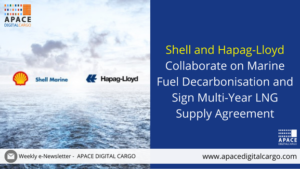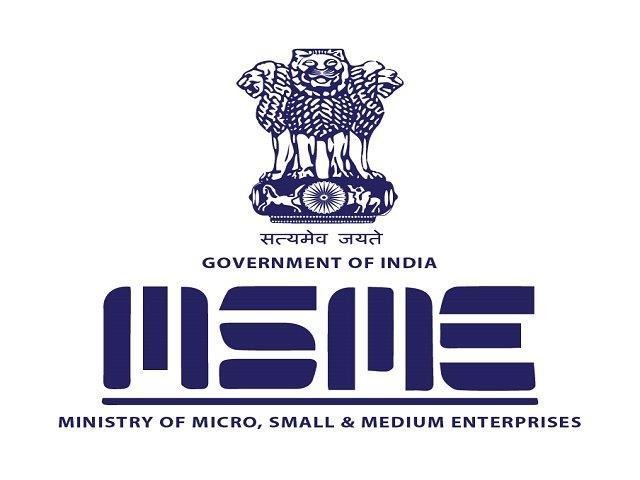
Hapag-Lloyd and Shell Western LNG B.V announced on 27th February the signing of a multi-year agreement for the supply of LNG (liquefied natural gas) to Hapag-Lloyd’s ultra large dual fuel container vessels of 23,500+ 20ft equivalent units.
By using LNG, Hapag-Lloyd can instantly decrease the CO2 intensity of their ships by up to 23% when compared to traditional fuels. Furthermore, the adoption of LNG leads to the near-total elimination of particle emissions. This move is a crucial stride for Hapag-Lloyd in their efforts to lower emissions and transition to a net-zero carbon fleet by 2045.
Shell and Hapag-Lloyd have signed a strategic collaboration agreement to expedite the decarbonization of alternative marine fuels, apart from their LNG supply agreement. Their primary objective is to explore the potential of other low-carbon fuel options such as liquefied biomethane and liquefied e-methane, which are hydrogen-based fuels. The focus of this collaboration will be on the development of these fuels, which have the potential to reduce greenhouse gas emissions by up to 100%, with liquefied biomethane alone having the potential to reduce emissions by 65% or more when used as a marine fuel.
Tahir Faruqui, General Manager, Head of Downstream LNG, Shell said, “We are delighted to have partnered with Hapag-Lloyd on this important initiative. Shipping decarbonisation must accelerate and, as the lowest-carbon fuel available at scale today, LNG is a key part of the transition to lower-carbon marine fuels. As we look to the future, we are committed to working with leading shipping companies like Hapag-Lloyd to establish the credible pathways to net zero.”
Jan Christensen, Senior Director, Global Fuel Purchasing, Hapag-Lloyd said, “We are pleased to share the execution of this long-term supply agreement. Hapag-Lloyd has finalised a contract with Shell which secures flexible LNG supply at competitive terms. Furthermore, we are excited about our agreement with Shell to explore further decarbonisation opportunities as it allows both businesses to drive impactful change in the industry. Collaborations like this are crucial in helping us deliver our sustainability strategy while also improving emissions in maritime shipping. Ultimately, this enables our customers to decrease their carbon footprint as well.”




